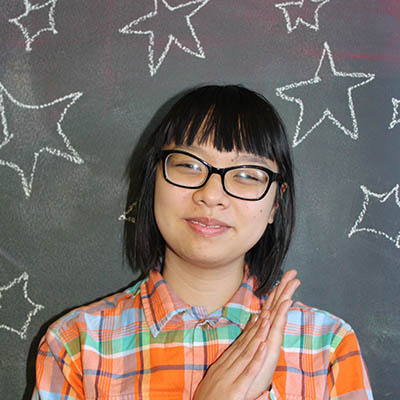This video explains the mechanisms behind how selfie filters change our digital images and then how this might psychologically affect us.
To make this video, I researched “Snapchat Dysmorphia” and also looked for the technical understanding of selfie filters. Before creating this video, I made a selfie filter for the Knight Lab using Spark AR to get a sense of how face deformation would work in Instagram selfie filters. The animation workflow for me looked like this: I would draw series of images in Photoshop- enough for 5 seconds of animation. Then, I would animate in After Effects, and stitch together all the animations and video in a Premiere file. I found the deformation transformations in After Effects to be especially useful in talking about facial deformation.
From this project, I learned how to create transitions from technical to conceptual explanations, and how to scope information into a digestible format. This project revealed a problem in AR: “augmented” implies that this technology can enrich our sensed reality, but what if this isn’t the case? What if altering our vision somehow detracts from our living experience?
About the author





